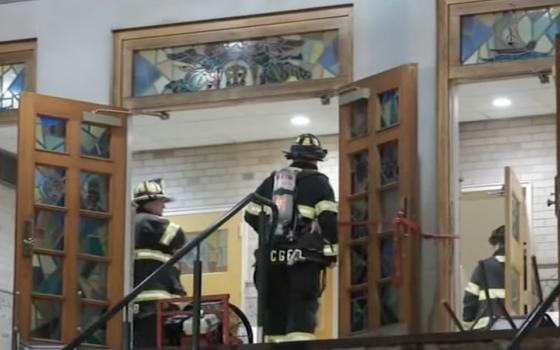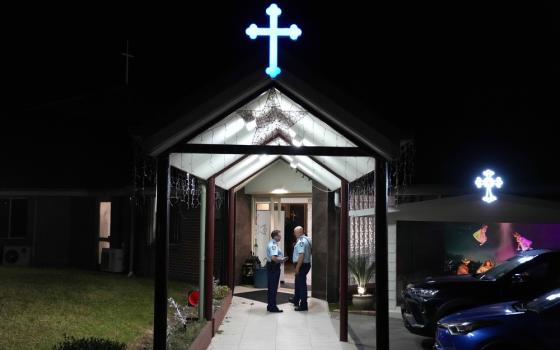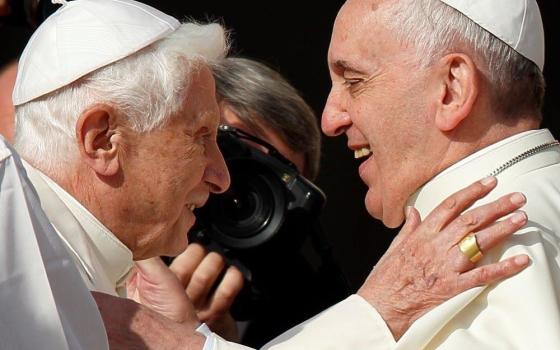The news that former Guatemalan dictator Efraín Ríos Montt will stand trial on charges of genocide is a welcome sign that some of Guatemala’s institutions are able to begin squaring off with the darker episodes of a 36-year civil war that ended in 1996.
The 85-year-old Ríos Montt represents a particularly evil and bloody approach in a conflict that never lacked for producing horrors.
He came to power for 17 months during 1982 and 1983 -- a period widely described as the most violent of the long conflict -- as the result of a military coup, seizing power from another bloody dictator, Gen. Lucas García. Both were trained in counterinsurgency at the U.S. School of the Americas and each conducted elaborate campaigns against the indigenous population. Ríos Montt’s version was a “scorched earth” policy that simply eliminated many rural Indian villages.
He is accused in 266 incidents that resulted in 1,771 deaths, 1,400 human rights violations and the displacement of 29,000 indigenous Guatemalans.
Ríos Montt, the last living of a string of dictators who terrorized the country, raises anew the country’s connection to the United States and a foreign policy that grew out of the 1950s, when the CIA overthrew the duly elected president, Jacobo Arbenz.
That event threw Guatemala into turmoil. The U.S. intervention gave birth to Central America’s first guerrilla army, many of whose members were students rising up against control of much of the country’s infrastructure by U.S. business, as well as U.S. interference in the electoral process.
In the succeeding decades, U.S. policy toward Guatemala, driven by business interests and, when convenient, an overstated Soviet threat, propped up a succession of bloody dictators and gave rise to notorious death squads that often did the government’s dirty work. Our CIA and State Department knew full well of the campaigns of genocide against the rural indigenous population and did nothing to stop them. This was the downside of the Reagan era, a tarnished version of the city on a hill where we turned our gaze from the reality of decades of torture, assassination and deadly, racist campaigns against the Mayan population.
Ríos Montt posed often as a preacher, waving his floppy Bible. And the evangelical TV preachers in the United States loved him, declaring him a man of God dealing resolutely with insurgents. The reality, of course, was something quite different.
It is unlikely that the trial of Ríos Montt will break through, in any significant way, the din of talking heads and celebrity gossip that now often passes for news. The story from Guatemala didn’t get much play when Ríos Montt was hip-deep in the work of genocide and nighttime death squads. Only parts of the story fit the narrative that we in the United States were persuading ourselves was true.
Justice works slowly, especially in cultures where years of violence have shredded and compromised civil society. So it is all the more impressive that Guatemalan prosecutors and jurists had the courage to haul one of their own into court at first opportunity. Our hope is that the truth will out, even for dictators who were once shielded by the mightiest country on Earth.



